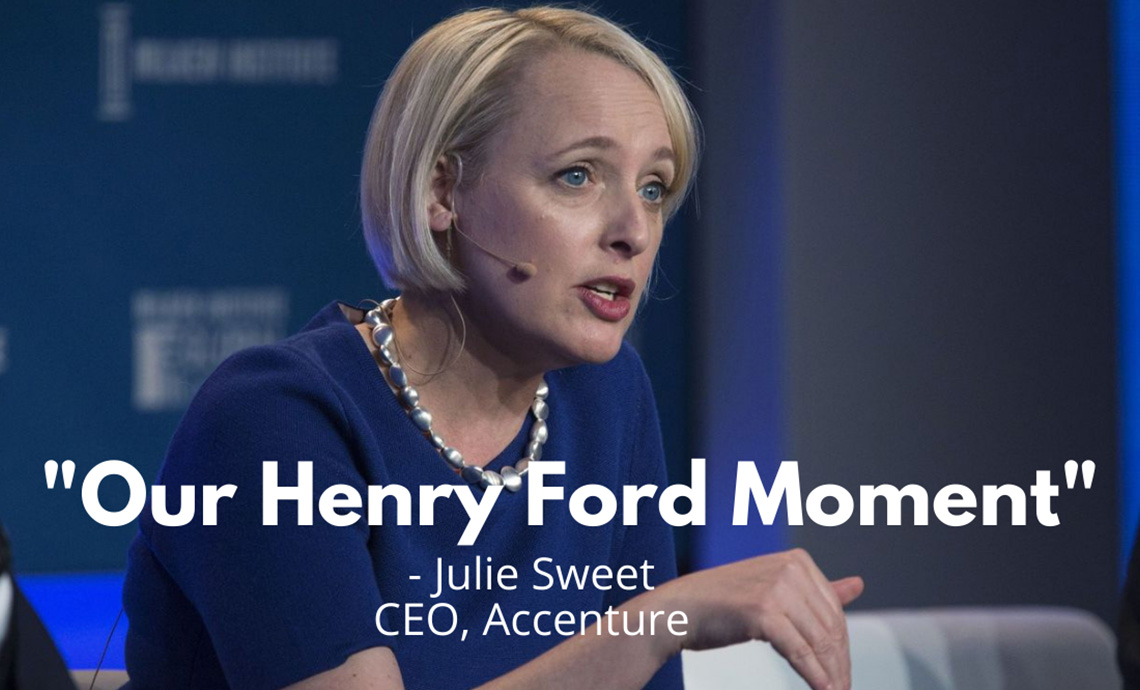Data analytics platforms often boast the same generic capabilities: all of them are easy to use, the visualizations are both beautiful and actionable, and you’ll glean insights that you couldn’t have found elsewhere. Unless you have deep knowledge or selection experience, it’s easy to take bold claims at face value. So how can you – without being a data expert – accurately compare platform against platform?
Below are four common analytics platform claims, along with questions we recommend you ask. By digging in deeper, you can draw meaningful conclusions about which platform is the right fit for your organization.
COMMON CLAIM #1: BUILT FOR WIDESPREAD ADOPTION
Organization-wide adoption is key to data analytics success because it empowers everyone – not just a select group of users – to make better decisions. Giving power to your staff equips them to take ownership of their projects, test innovative ideas, and strive toward the same goals. If this aligns with your objectives, be sure to ask:
- Is your platform licensed by seat or by organization?
- If it is by seat, how much is each license?
- Does your platform grant full data access from any device?
If a platform is licensed by seat, it’s easier for organizations to limit data access due to the expense of empowering the entire team. In order to be successful, everyone must be able to access and interact with the data to make quick, informed decisions.
COMMON CLAIM #2: EASY TO USE
Product demos can make almost anything look simple. But without trying before you buy, how can you know for certain that your least technical users will be able to access, understand, and act upon data? Ease of use is critical to building a data culture, so ask these questions to gain insights:
- How much training, if any, is required to use the platform?
- Does this platform require a dedicated expert?
- Does the platform provide 24-hour anywhere access in real time?
If the data analytics platform requires training, it’s a dead giveaway that your least technical users will find it unintuitive and cumbersome. As a result, you may need to limit access to a more technically minded staff. If a data expert is required, consider your emergency backup plan for when that employee leaves the organization.
COMMON CLAIM #3: AFFORDABLE
Everyone has their own definition of affordability, but to decide for yourself, it’s essential to know the pricing structure and hidden costs up front. Here are some questions that will help you understand the full picture:
- Are there any third-party licensing costs (Tableau, Power BI, etc.)?
- Is the cost of implementation a flat or hourly fee?
- How much, if anything, will ongoing support cost?
- Are there fees associated with initial, ongoing, or future training?
- How much does it cost to add new or modify existing reports?
- How much does it cost to add users as new teammates come onboard?
Many platform vendors hide additional expenses behind ongoing support and training, which can be a surprising and entirely separate cost from the actual implementation. However, all of this should be factored into calculating the total cost of ownership.
COMMON CLAIM #4: FLEXIBLE
Your data goals will change over time, so platform flexibility is essential for organizational growth. This encompasses concepts like scalability, changing or adding reports, adding new data sources, and incorporating product updates. Below are key questions, the responses of which you’ll likely find also impact overall affordability:
- What is the process and timeline to add new or modify existing reports?
- What is the process and timeline to build a new integration?
- Does the platform integrate with all your essential technology systems?
- Is the platform built using a data lake or a data warehouse?
- Do product updates roll out to all clients simultaneously, or are there different versions for different clients?
- What are the cost, timeline, and performance implications of using small vs. large data sets?
- How long does it take for data to refresh in the platform?
The technical differences are straightforward: data warehouses only support structured data, are more expensive to maintain over time, and don’t process large data sets as efficiently as a data lake. If the technical infrastructure isn’t designed to evolve with you over time, your ROI will be throttled as your organization outgrows the platform.
Asking these questions in your platform evaluation will equip you to determine how platforms rank against each other. Armed with richer information about each platform, differences will surface, and you’ll be able to make an informed decision that will support your organization’s long-term data goals.


